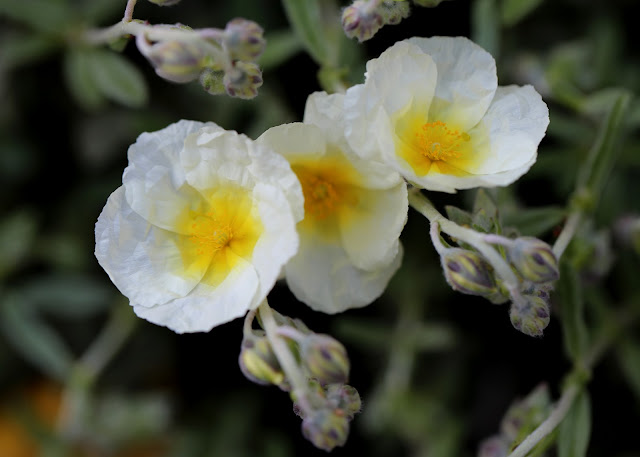JAPANESE MAPLE - ACER PALMATUM 'KATSURA'

I think the best gardeners must be those who are willing to persevere. After all, it can be quite tough at times watching beloved plants succumb to pests, diseases, the weather, and ignorance of what they want (killing them with neglect or kindness). Although vine weevils killed off a lovely Japanese maple 'Orange Dream' of mine, I haven't given up on the idea of growing one of my favourite types of shrubs. After all, the Acer palmatum dissectum 'Ornatum' that I grow is doing pretty well (so far!). The other day I bought another addition to my garden family: Acer palmatum 'Katsura'. It's a Japanese maple that hopefully will not grow too large and will be happy in a container. It has a delicate growth that's pretty and will be colourful at times. Acer palmatum 'Katsura' 25 May 2016 Acer palmatum 'Katsura' 25 May 2016 At the moment my plant is tucked up in a sunny and sheltered corner of my garden, facing south-west. ...





















